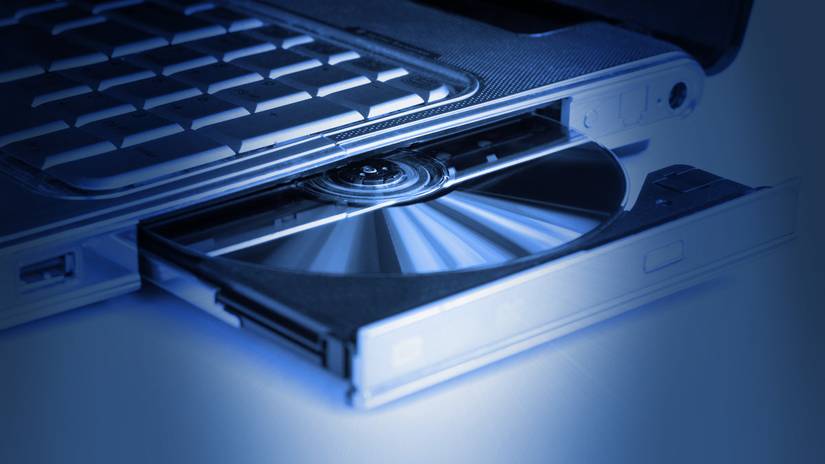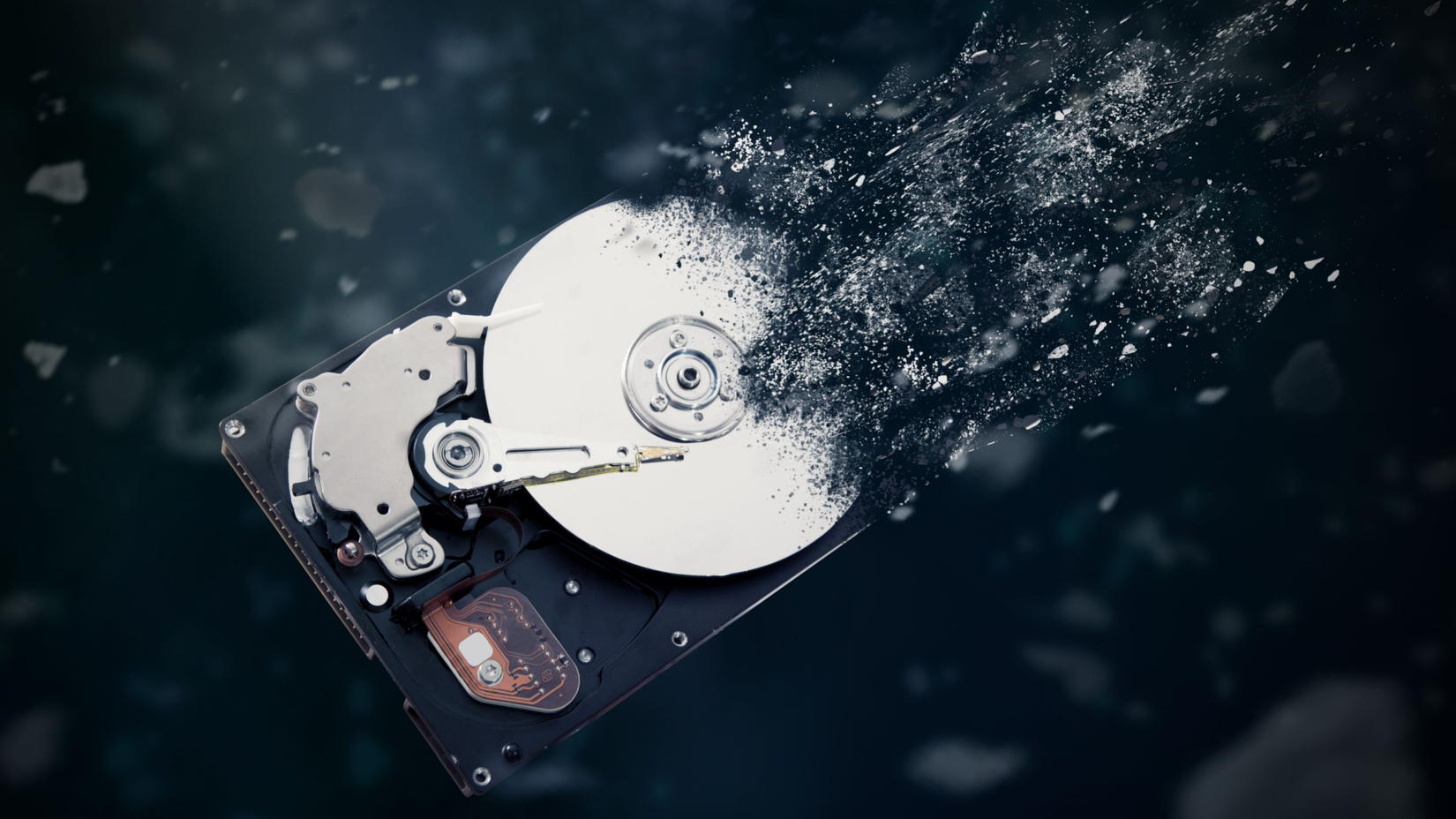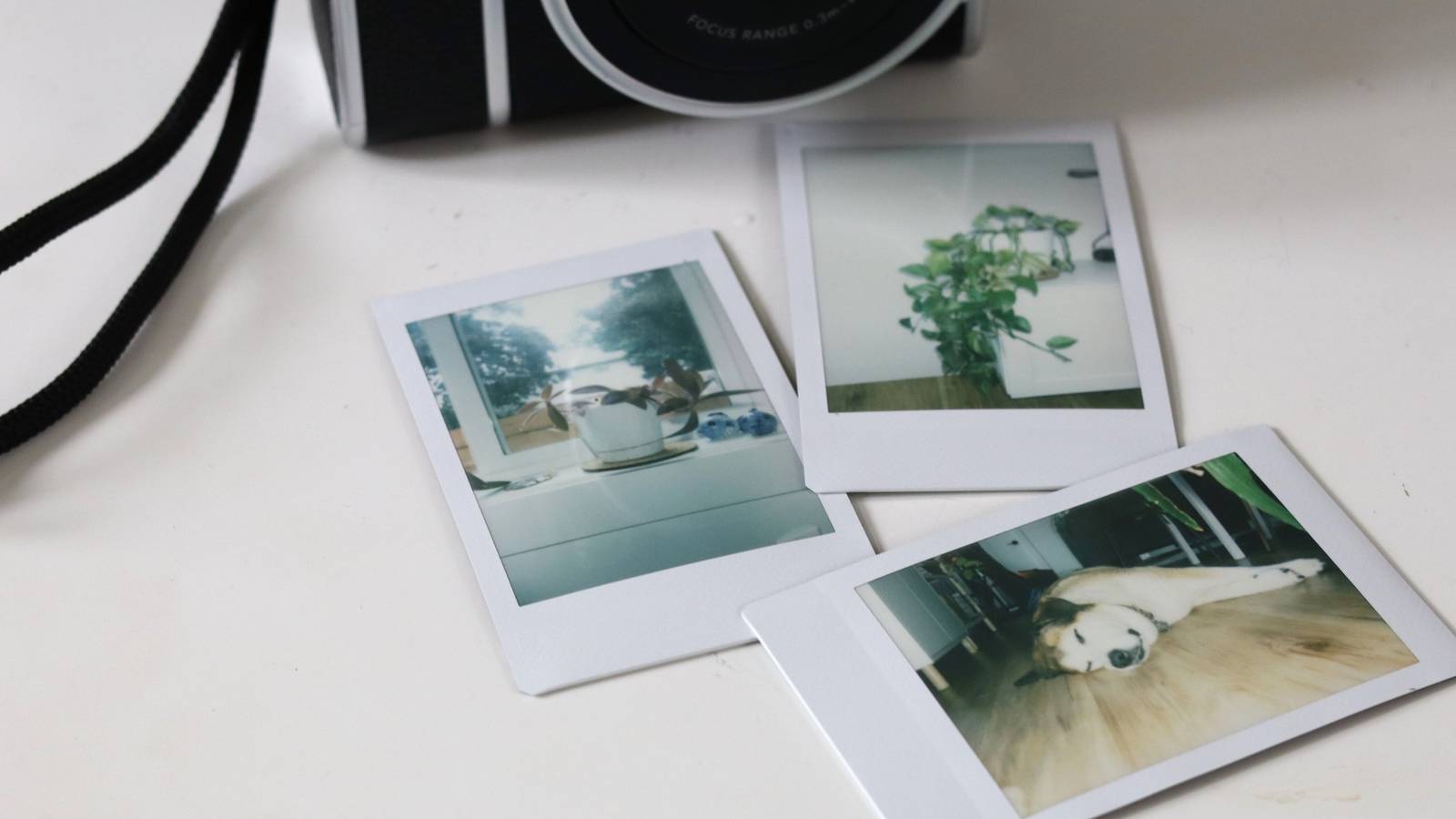It might not feel like it,but digital photography is still relatively new. Yet once the digital shutterbug bit, everyone was taking photos all the time. The thing is, those digital photos from the early 2000s are at risk of disappearing forever—here’s why.
Peak photo moment, worst archiving habits
I didn’t get my hands on a digital camera until the early 2000s. I didn’t get my first camera phone until 2005. Once I did get these devices, I started taking way more photos than before. Without having to buy or develop film, I was much more likely to take a photo. With a camera in my phone, I had no reason not to snap a picture of something I liked or wanted to share.

Credit: oTTo-supertramp/Shutterstock.com
The thing is, this was before and then right around the very first baby steps of social media, when platforms like FaceBook launched. Unlike today, every photo I took didn’t end up in the cloud—there was no cloud! Instead, my photos would live on flash memory cards, external hard drives, and optical discs.
SD cards and other type of flash memory are notorious for suddenly failing, or becoming inoperable after sitting in a drawer for a decade or more, but that’s not too surprising as these were never sold as permanent storage solutions. They were only meant as a portable, temporary storage space until you either deleted your files or moved them somewhere more durable.

Credit: Daniel Krason / Shutterstock
However, it was pretty common to burn your digital photos to a CD-R, or store them on an external hard drive. While factory-pressed discs can easily survive the 20+ years that have passed as long as they are handled and stored correctly, writable discs are a different story. The photosensitive dye in some of these discs can degrade and change state even when you store them well and do nothing wrong. Even a decade is pushing it with writable media on average, especially if you bought cheap ones.
So if you burned some photos you took in 2005 onto a CD-R and just stored it in a box somewhere, those photos might now be gone if you’re unlucky. If it’s on an old hard drive that hasn’t been spun up in more than a decade, the lubrication might have failed in the meantime. Which means the drive could be toast if you power it on.
Obsolete platforms and formats
The early days of digital photography were a bit of a Wild West when it comes to image formats. Some digital cameras used proprietary formats, and you need specific apps on your computer to open them and then convert them to something like JPEG or PNG. That app might no longer be available, and it probably doesn’t work on modern operating systems.
So if you stored your photos on a disk or drive back then without converting it to a more future-proof format, it might pose a challenge to view them today, even if the actual media is still fine.
We never learned to be digital archivists
I’m guilty of treating the photos I took digitally in the 2000s as completely disposable. I didn’t care about properly archiving them, which has not led to a curious situation where I have plenty of photos from the film era documenting my life up to the 2000s, and I have thousands of photos of my life, starting with my first smartphone and its automatic uploading to Google Photos, but there’s a huge gap in between.
Sometimes when I write about that era, and all the cool geeky things I got to do, I’m sad I don’t have those photos anymore. I even went as far as using the Internet Wayback Machine to track down some old forums I used to post on, because I had uploaded a select few images to those sites.
Even when I signed up for early social media like MySpace, I didn’t keep offline backups of the photos I uploaded there, and when my account shut down all my photos were one too. At least when I closed my previous FaceBook account and took a decade-long break from that site, I had learned enough to first download all my data and save it to my Google Drive. So at least the photos from the tail-end of the 2000s made it to 2025.
I know I’m far from the only person who didn’t do much to preserve the digital photos we took during that time, and now we have a weird blank spot in our collective photographic history.
Saving what’s left before it’s gone
So, depending on how you went about things over two decades ago, there are still a few things you can do to recover some of those old photos. Some of which I’ve touched on above:
- Find the old media in question, and test if it still works.
- If it works, upload it to the cloud, and create at least one modern offline backup that will last, but can be maintained.
- Convert any photos in obsolete formats to JPEG or PNG if at all possible. You might need to use sites that host old software and virtual machines that run old operating systems like Windows XP to accomplish this.
- Use the Internet Wayback Machine to see any old websites you might have posted pictures to were preserved.
In a lot of cases it’s a long shot, but any photos from back then you can recover and preserve now is better than having nothing at all.
